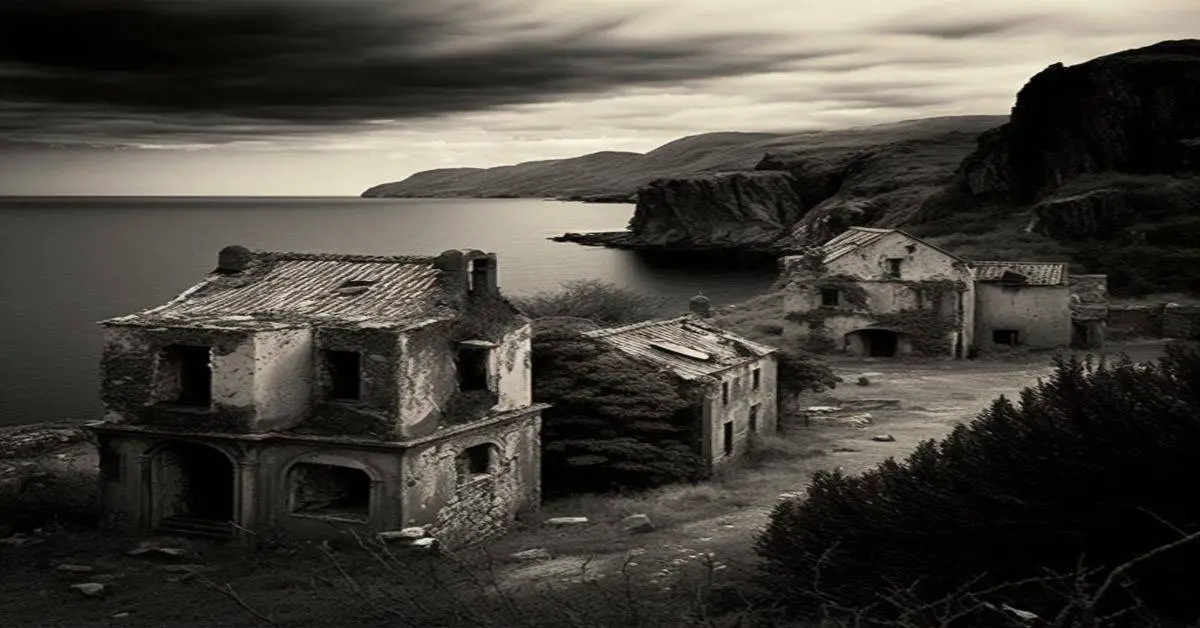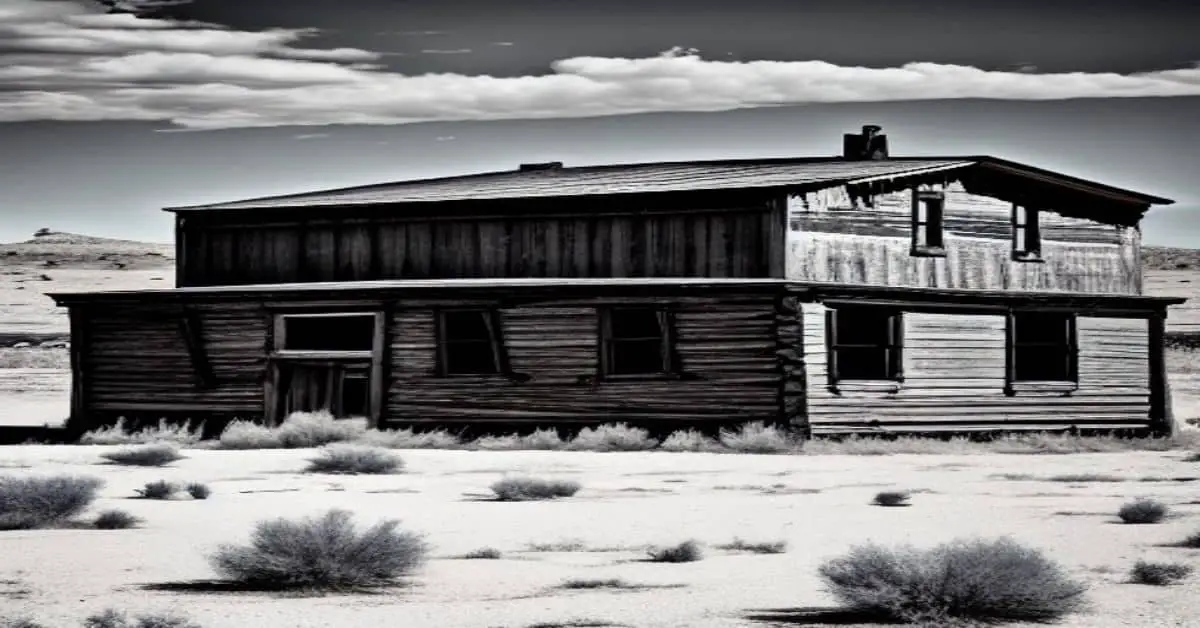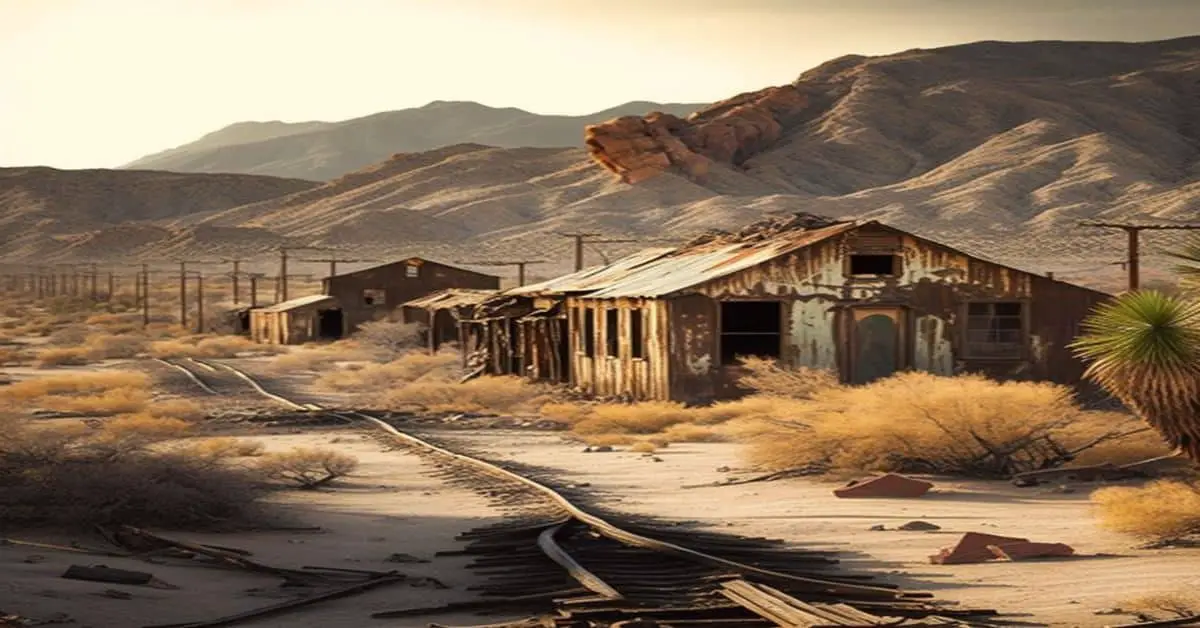La Laguna, a sunken ghost town in Arizona, tells a remarkable story of a community that existed for only two years in the mid-19th century. This small town in Yuma County served placer miners until the discovery of gold in La Paz caused its residents to leave.
Today, La Laguna remains a fascinating destination for history enthusiasts who are willing to explore the depths of Mittry Lake, where the town is now submerged. Despite being underwater, La Laguna still holds secrets of the past waiting to be discovered.
The town’s residents and their way of life are a testament to the challenges and opportunities of the mining industry during that period. This article aims to delve into the history of La Laguna, shedding light on the lives of its residents and their contributions to the development of the mining industry in Arizona.
Additionally, this article will provide information on the current state of the town and the remains that can still be explored today.
Key Takeaways
- La Laguna was a short-lived town in mid-19th century Arizona that served placer miners until the discovery of gold in La Paz.
- Despite its submergence under Mittry Lake in the 1960s, La Laguna remains culturally significant and a popular topic of discussion among locals and visitors alike.
- Visitors should plan their trip during the cooler fall or winter months to explore the remains of La Laguna without being overwhelmed by the heat, and can enjoy outdoor activities like fishing and boating in the nearby lake.
- The sunken ruins of La Laguna offer a unique opportunity for visitors to observe the remains of the town’s former buildings and structures, including a schoolhouse, hotel, and saloon, and to observe the unique ecosystem that has developed since its sinking.
Location and History
Located under Mittry Lake in Yuma County, La Laguna was a town that served placer miners in the early 1860s. The town had a few merchants, miners, and a ferry. However, the La Paz gold strike caused everyone to abandon the town, which remains submerged under the lake.
La Laguna’s submergence was due to geological changes, with the Laguna Dam’s construction leading to Mittry Lake’s formation in the early 1960s.
Despite its sunken state, La Laguna’s cultural significance remains. The town’s history as a mining hub during the gold rush era adds to the region’s rich cultural tapestry.
Additionally, the town’s submergence under Mittry Lake is a popular topic of discussion among locals and visitors alike. The town serves as a reminder of the dynamic nature of the environment and the impact of human activities on the landscape.
Climate and Best Time to Visit
The region experiences warm winters and hot summers, making it necessary for visitors to plan their trip during the fall or winter months. During the winter season, the temperature drops to a comfortable level, making it an ideal time for winter tourism. Visitors can explore the remains of La Laguna without feeling overwhelmed by the heat, and enjoy outdoor activities like fishing and boating in the nearby Mittry Lake.
In contrast, summers in La Laguna can be unbearable due to the extreme heat. Visitors should avoid planning their trip during the summer season, as it is not conducive to outdoor activities. The high temperatures can cause dehydration and sunburn, making it difficult for visitors to enjoy their trip. Therefore, tourists should plan their trip during the winter months to experience the best that La Laguna has to offer.
Current State and Remains
Although La Laguna is now submerged under Mittry Lake, the remains of this once-thriving community still serve as a testament to the lives of the merchants and miners who once called it home.
Visitors can explore the underwater ruins of the town and observe the unique ecosystem that has developed since its sinking. Here are some of the remains and features to look out for:
- The fish residents of La Laguna, who now call the submerged buildings and structures home.
- The remnants of the town’s ferry once transported goods and people across the Colorado River.
- The foundations of former buildings, including a schoolhouse, hotel, and saloon.
- The opportunity for underwater exploration, as visitors can scuba dive or snorkel to observe the remains up close.
The sunken ghost town of La Laguna may no longer be a bustling community, but its remains and unique underwater ecosystem provide a fascinating glimpse into its past.
Frequently Asked Questions
How deep is Mittry Lake where La Laguna is submerged?
Mittry Lake, where La Laguna is submerged, has a maximum depth of approximately 45 feet. Despite being underwater, the site retains historical significance and offers diving opportunities for those interested in exploring the remains of the sunken ghost town.
Are there any plans to excavate or uncover La Laguna in the future?
Excavation plans for La Laguna remain non-existent due to preservation efforts and the fact that the site is submerged under Mittry Lake. No government agency or private organization has expressed interest in uncovering the town’s remains.
What types of fish can be found in the current residences of La Laguna?
The current residences of La Laguna are home to various species of fish, including largemouth bass, channel catfish, and crappie. These aquatic life provide fishing opportunities for enthusiasts in the area.
How did the La Paz gold strike affect the town of La Laguna?
The La Paz gold rush impact caused the abandonment of the town of La Laguna, which served placer miners from 1860 to 1862. The historical significance of this event is that it led to the town’s desertion, which is now submerged under Mittry Lake.
Are there any other sunken ghost towns in Arizona?
Several sunken ghost towns in Arizona have historical significance. Exploring ruins of these towns can provide insight into the state’s past. However, the discussion is beyond the scope of the context of La Laguna.


